invisible
Been spending a lot of time on here!
- Joined
- Mar 10, 2007
- Messages
- 5,213
- Reaction score
- 983
- Location
- Canada
- Website
- www.federicobuchbinder.com
- Can others edit my Photos
- Photos NOT OK to edit
Reading your reply made me want to borrow your avatar facepalm goodness.You need to relax. It really isn't that serious. We have differing opinions, obviously. Go get and drink or whatever you need to do. It's not bad advice to use remote + mirror lock up for night exposures. Chill out. Go take some pics or whatever you need to do. When I go out in a few days to the dark site near my house I will be doing exactly what I stated with the remote and setting exposure as I need to. I will use the remote + mirror lock up to reduce chance of vibration. Critical when I'm using a Celestron C8-SGT, less so on 11-16mm lens. But when I'm going for all the sharpness I can get it doesn't hurt to use it. It's really a small detail to b1tch over. Don't like it? Don't use it.




![[No title]](/data/xfmg/thumbnail/37/37603-739c5d9b541a083a12f2f30e45ca2b7b.jpg?1619738147)
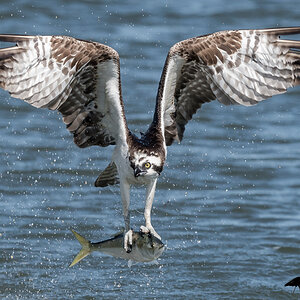
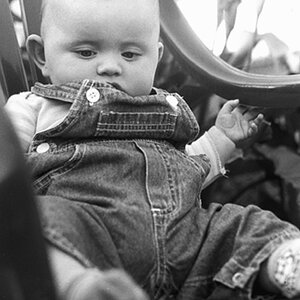
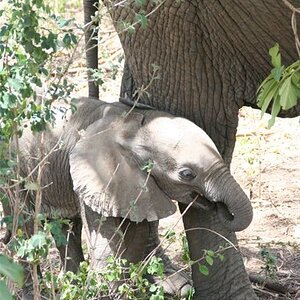
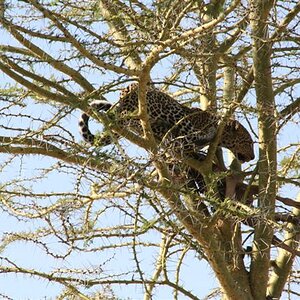

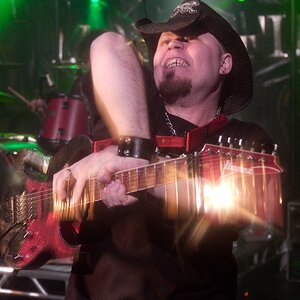
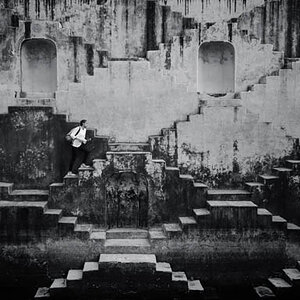

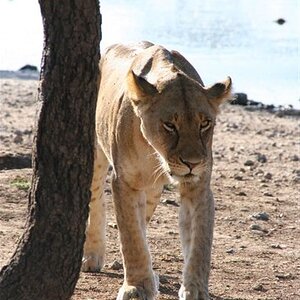
![[No title]](/data/xfmg/thumbnail/35/35960-06c2714b6ed3da761ad1b4a0a0f6cb11.jpg?1619737275)
![[No title]](/data/xfmg/thumbnail/32/32699-3434a76363cb383404e00a3cd5ed5728.jpg?1619735601)